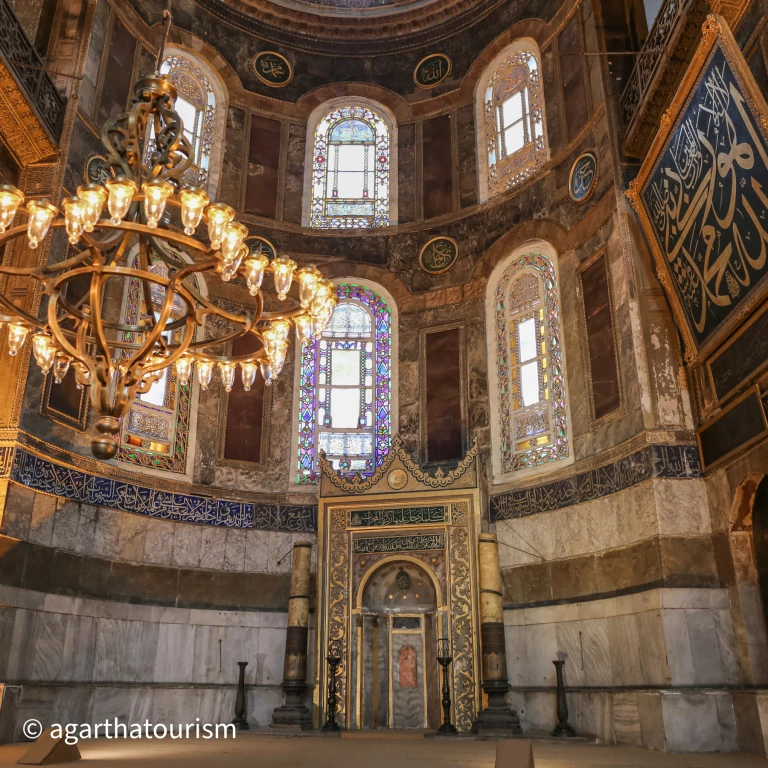Classic Walking Tour, Istanbul, TURKEY







What to Expect
Merhaba! Welcome to Istanbul, a city steeped in rich history and cultural diversity, known historically as Byzantium and later Constantinople.It served as the capital of four empires: the Roman, Byzantine, Latin, and Ottoman. This layered history contributes to its unique blend of architectural and cultural influences.Your professional tour guide will introduce you to some of the city’s historical treasures, including the Blue Mosque(Sultanahmet Mosque), famous for its blue tiles and six minarets, it's a stunning example of Ottoman architecture, the ancient Hippodrome, now known as Sultanahmet Square, was originally built by the Romans in the 3rd century AD and was used primarily for chariot races and other public events and the Million – a significant historical marker that was once considered the starting point for measuring all road distances within the Byzantine Empire.Hagia Sophia, originally a cathedral, later a mosque, one of the most famous and significant architectural wonders, has a rich and multifaceted history that spans over 1,500 years. Its name means "Holy Wisdom" in Greek.Get some lunch and head out to Topkapi Palace, served as the main residence and administrative headquarters for the Ottoman sultans for nearly 400 years and Hagia Irene Church, a historic church situated in the outer courtyard of Topkapı Palace.Finally Grand Bazaar, (kapalıçarşı in Turkish), one of the world's oldest and largest covered markets.
Start:Istanbul, TURKEY
Finish:Istanbul, TURKEY
Duration:One full-day
Type:Tour
Group Size:Max. 12 pax

Hagia Sophia, also known as Ayasofya in Turkish, is a historic architectural marvel located in Istanbul, Turkey. It has a rich history spanning over a millennium and has served different purposes throughout the years.Hagia Sophia was originally built as a cathedral during the Byzantine Empire.Renowned for its massive dome, considered an engineering marvel of its time. The dome, with its intricate mosaics and stunning architecture, symbolizes Byzantine innovation in building design.Following the Ottoman conquest of Constantinople in 1453, Hagia Sophia was converted into a mosque by Sultan Mehmed II. The conversion involved the addition of minarets and the covering of Christian mosaics. It served as a mosque for almost 500 years.In 1935, after the establishment of the Republic of Turkey under Mustafa Kemal Ataturk, Hagia Sophia was secularized and transformed into a museum. In July 2020, the Turkish government led by President Recep Tayyib Erdogan announced the decision to revert Hagia Sophia into a mosque.Regardless of its current status, Hagia Sophia remains a major tourist attraction in Istanbul, drawing visitors from around the world to marvel at its grandeur, historical importance, and the blend of Byzantine and Ottoman elements in its architecture. Visitors can appreciate the intricate mosaics, the massive dome, and the overall beauty of this iconic structure.

What's Included
- One full-day Istanbul walking tour,
- Professional tour guide,
- Lunch,
- Museum entrances

Not Included
- Personal expenses,
Add your list
- Turkish Bath-Hurrem Sultan Hamam EUR 90
- comfortable shoes









